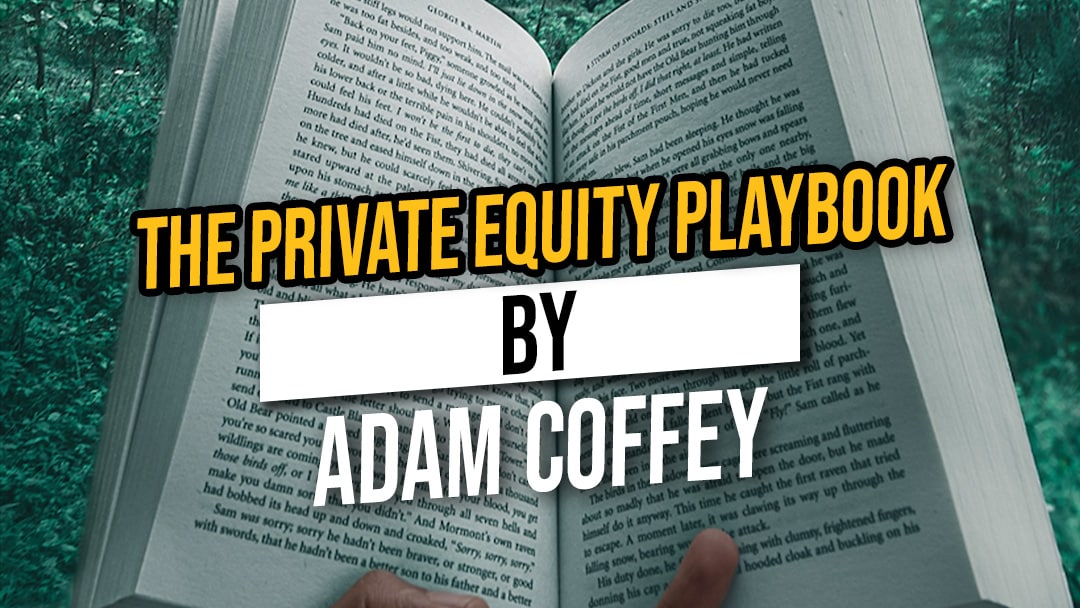
12 Jul The Private Equity Playbook
The Private Equity Playbook
by Adam Coffey
In one of the more white collar moments you could have in prison a guy showed up who had extensive
experience in private equity. We’ve become good friends over the last several months and he shared this book
with me. You hear the words “private equity” frequently but I wanted to get a better understanding of how these
types of funds are created, structured, and financed plus understand what they actually do.
Previously, I hadn’t fully conceptualized the varied types of funds which exist. Buyout funds buy companies with
the plan of growing that business into a more profitable one they can then sell. Venture capital funds, which are
more commonly known, buy minority stakes in emerging businesses and shoot for home runs through
exponentially increased valuations. Pooled co-investing is when multiple funds work together to procure stakes
in larger than normal investments. Limited partner co-investing is where those who have invested in a private
equity fund also invest in a company the fund has acquired. Finally, you have debt funds that exist to loan money
to private equity backed businesses.
There’s a balance between deploying a funds capital into new investments or into managing the platform
companies they’ve acquired. As far as deploying capital is concerned, the deal structures, fees and payment
plans are even more complex than anticipated.
Similar to how interest payments from a home loan are tax deductible, the leveraged debt private equity uses to
buy businesses is a tax write off. Interest payments are netted against earnings and there is an enormous
amount of leverage at play. I now have a better grasp of how these types of companies make such outsized
profits. As an example, they may buy a business valued at 20 million dollars by putting 4 million of their own
money on the line but quickly grow that value to 60 million through calculated efforts that may not make the
company three times more valuable in reality, but it’s three times more valuable according to the manner in which
PE assess the valuation of companies.
I feel that a part of the realm of this world the author could have discussed more is the people who work at the
companies PE invests in and how they have lives with needs, goals, and dreams. When these funds come in
they can drastically improve the efficiency and effectiveness of the services or products a business provides. It’s
unfortunate to think that you may have a job you enjoy, one that provides for your family and through which you
derive satisfaction. On the opposite end of the spectrum, it could simply be seen as an opportunity for a private
equity company to increase EBITDA and flip the business to a new owner whose plans you likely have little to no
say in, and may not include your future employment. All in all, something to be aware of and an interesting way
to learn more about the world of finance.

